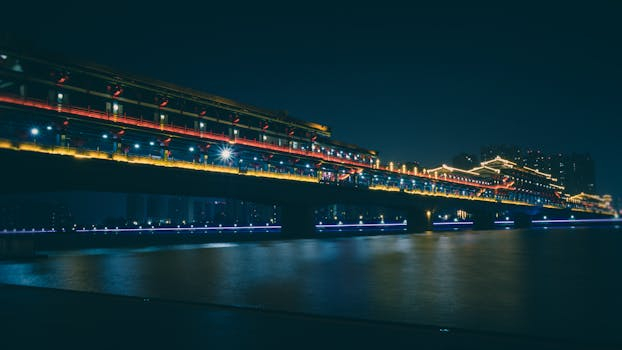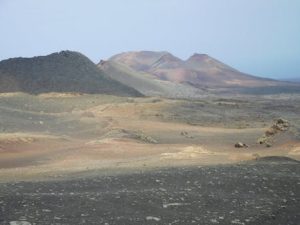Stargazing spots far from city lights
If you have ever looked up at the night sky and marveled at the beauty of the stars, you know the magic of stargazing. The sight of a star-filled sky can make us feel small yet connected to something much larger than ourselves. However, in today’s fast-paced world, city lights often make it difficult to fully enjoy the wonders of stargazing. Luckily, there are still plenty of spots far from the hustle and bustle of city life that offer breathtaking views of the stars. In this article, we will explore some of the best stargazing spots far from city lights, so you can plan your own stargazing adventure and immerse yourself in the wonders of the universe.
Why Stargazing Spots Far From City Lights are Worth Seeking Out
While city lights may provide a sense of comfort and convenience, they also create light pollution that makes it difficult to see the stars. Light pollution, also known as skyglow, occurs when artificial light from cities and towns scatters into the atmosphere, causing a bright glow that obscures the natural darkness of the night sky. This glow not only makes it difficult to see the stars, but it also disrupts the natural cycles of plants and animals, and even affects human health.
On the other hand, stargazing spots far from city lights offer a chance to view the night sky in all its glory. Away from the bright city lights, you can see not just the main constellations, but also fainter stars, planets, and even the Milky Way. Plus, being in a quiet, secluded location adds to the overall experience, allowing you to immerse yourself in the peace and tranquility of the night sky.
Top Stargazing Spots Far From City Lights
1. National Parks
National parks are some of the best places to stargaze, mainly because they are protected from light pollution. In addition, many national parks offer stargazing programs and events, as well as designated observation areas, making it easy to plan a stargazing trip. Some notable national parks for stargazing include Death Valley National Park, Joshua Tree National Park, and Great Basin National Park in the United States, Banff National Park in Canada, and Namib-Naukluft National Park in Namibia.
2. Remote Islands
Islands are known for their idyllic beaches and crystal clear waters, but they also offer some of the best stargazing opportunities. Being surrounded by ocean and away from any major sources of light pollution makes islands ideal for stargazing. Some of the top stargazing islands include Mauna Kea in Hawaii, La Palma in the Canary Islands, and Aoraki Mackenzie International Dark Sky Reserve in New Zealand.
3. Mountains and High Altitude Locations
The higher you go, the less light pollution you will encounter, making mountains and other high altitude locations perfect for stargazing. Plus, being at a higher altitude allows you to view the night sky from a different perspective, adding to the overall experience. Popular stargazing spots at high altitudes include Mauna Kea in Hawaii, El Teide in the Canary Islands, and the Atacama Desert in Chile.
4. Observatories
Observatories, which are designed specifically for studying the night sky, offer some of the best views of the stars. While many observatories are not open to the public, some offer stargazing programs and events for visitors. These include the Kitt Peak National Observatory in Arizona, the Mauna Kea Observatories in Hawaii, and the European Southern Observatory in Chile.
Tips for Stargazing Far From City Lights
If you’re planning a stargazing trip to a remote location, here are some tips to help you make the most of your experience:
1. Check the weather and phase of the moon
Clear skies are essential for stargazing, so be sure to check the weather forecast before heading out. Additionally, avoid nights when the moon is full or close to it, as its brightness can wash out the stars.
2. Give your eyes time to adjust
When you arrive at your stargazing spot, give your eyes at least 30 minutes to adjust to the darkness. This will help you see more stars and fainter objects in the sky.
3. Use a red flashlight
Red light does not disrupt your night vision like white light does, so using a red flashlight will not affect your stargazing experience.
4. Bring a star map or download a stargazing app
It can be challenging to identify constellations and planets in the night sky, especially if you are not familiar with them. So, bring a star map or download a stargazing app to help you navigate and learn about the objects you are seeing.
Conclusion
Stargazing spots far from city lights are worth seeking out for a truly unforgettable experience. Whether it’s in a national park, on a remote island, or at a high altitude location, these spots offer the opportunity to immerse yourself in the wonders of the universe and reconnect with nature. So, pack your bags, bring your stargazing gear, and prepare to be dazzled by the beauty of the night sky.










